Since its launch, the micro:bit has won the hearts of makers, students, and teachers with its easy - to - use programming. Its well - designed samples and abundant pin resources offer endless possibilities. This expansion board brings out 9 onboard GPIO interfaces of the micro:bit. It also features 4 - way motor drives (which can double as 2 - way stepper motor drives) and 8 servo interfaces.Using an IIC external drive chip, it controls motors and servo motors with just two IIC pins, saving other resources. The HR8833 motor driver can handle a maximum continuous operating current of 1.5A, suitable for ordinary small motors and N20 mini metal motors. Each motor port has positive and negative rotation indicators, making it easy to identify the motor's running direction. It's perfect for students and makers working on small projects.Both the extended GPIO and servo interfaces use the DFRobot - Gravity standard interface, compatible with numerous modules and sensors. The servo interface connects directly to the Vin power supply, increasing the current to support multiple servos working simultaneously.The expansion board operates on a 3.5V to 5.5V power supply. It comes with a DC 2.1 plug, a wiring terminal for three dry - battery boxes, and a USB to DC 2.1 adapter cable, allowing power from a power bank for an economical and eco - friendly option.SPECIFICATION: Digital Output Voltage: 0V / 3.3V; Analog Output Voltage: 0~3.3V DC; Standard Gravity Interface; Micro: bit Interface: 9 (P0 P1 P2 P8 P12 P13 P14 P15 P16); Servo Interfaces x 8; Motor Interface: DC Motor x 4 / Step Motor x 2; Dimension: 63x58mm / 2.48x2.28inDOCUMENTS: Product wiki; More Documents
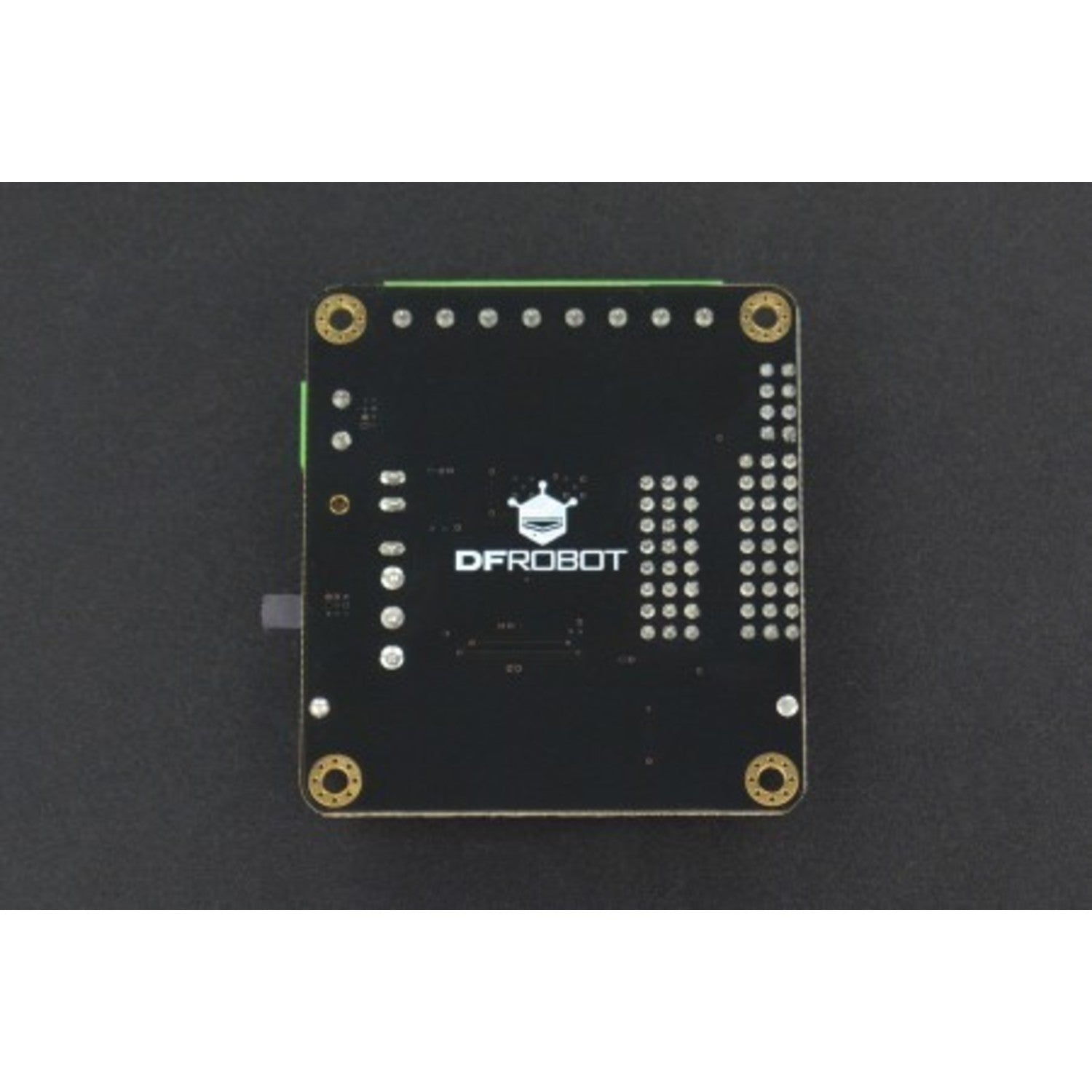
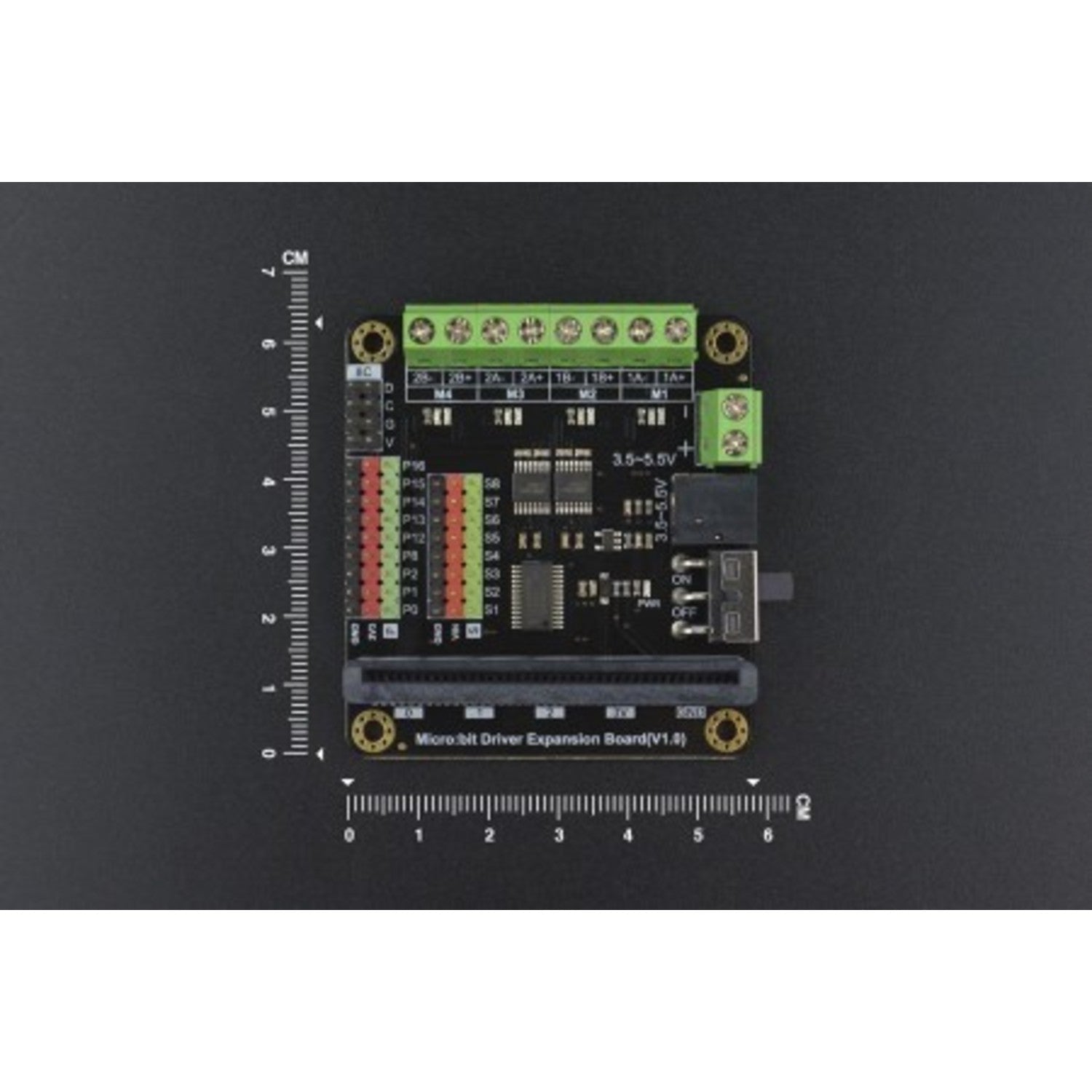
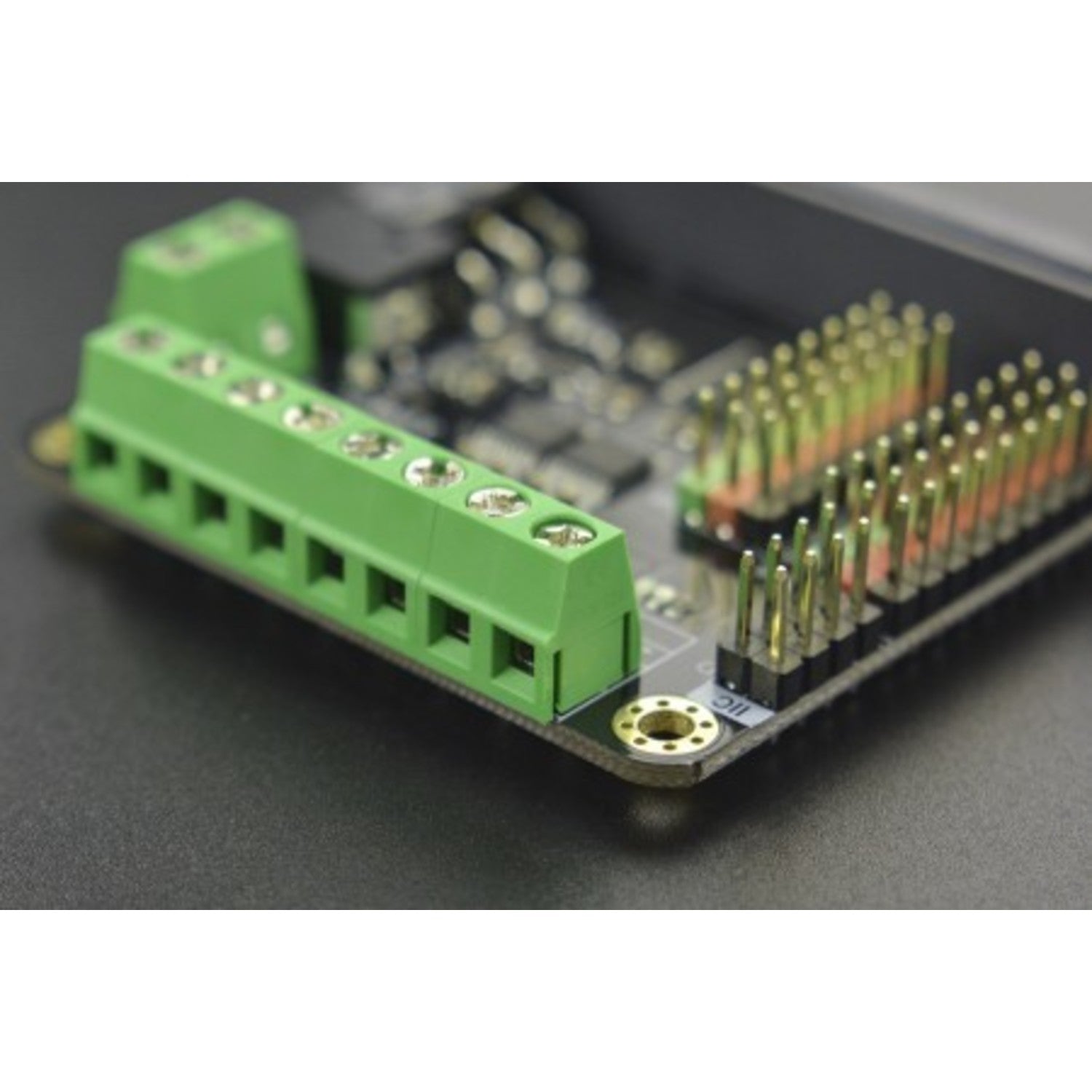
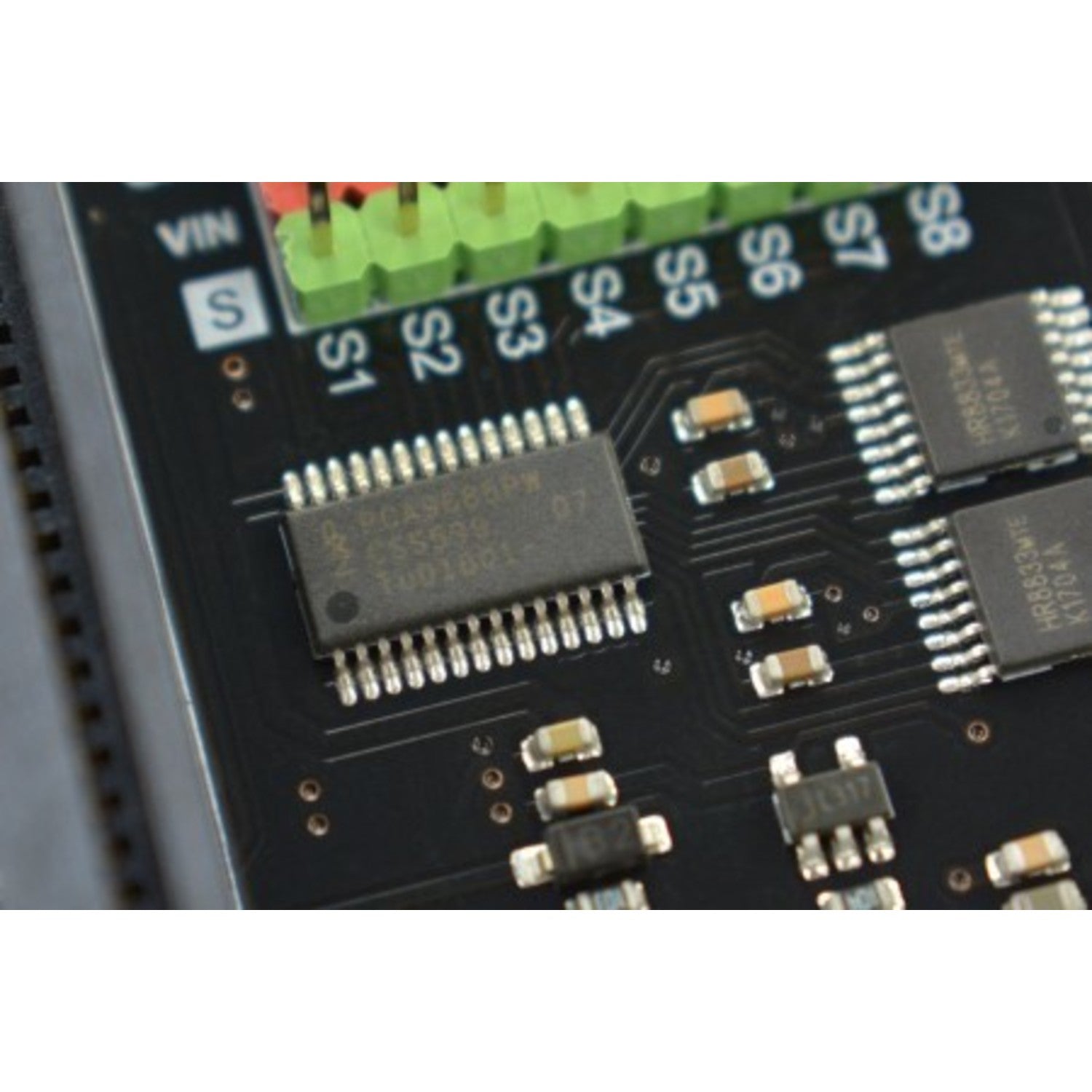
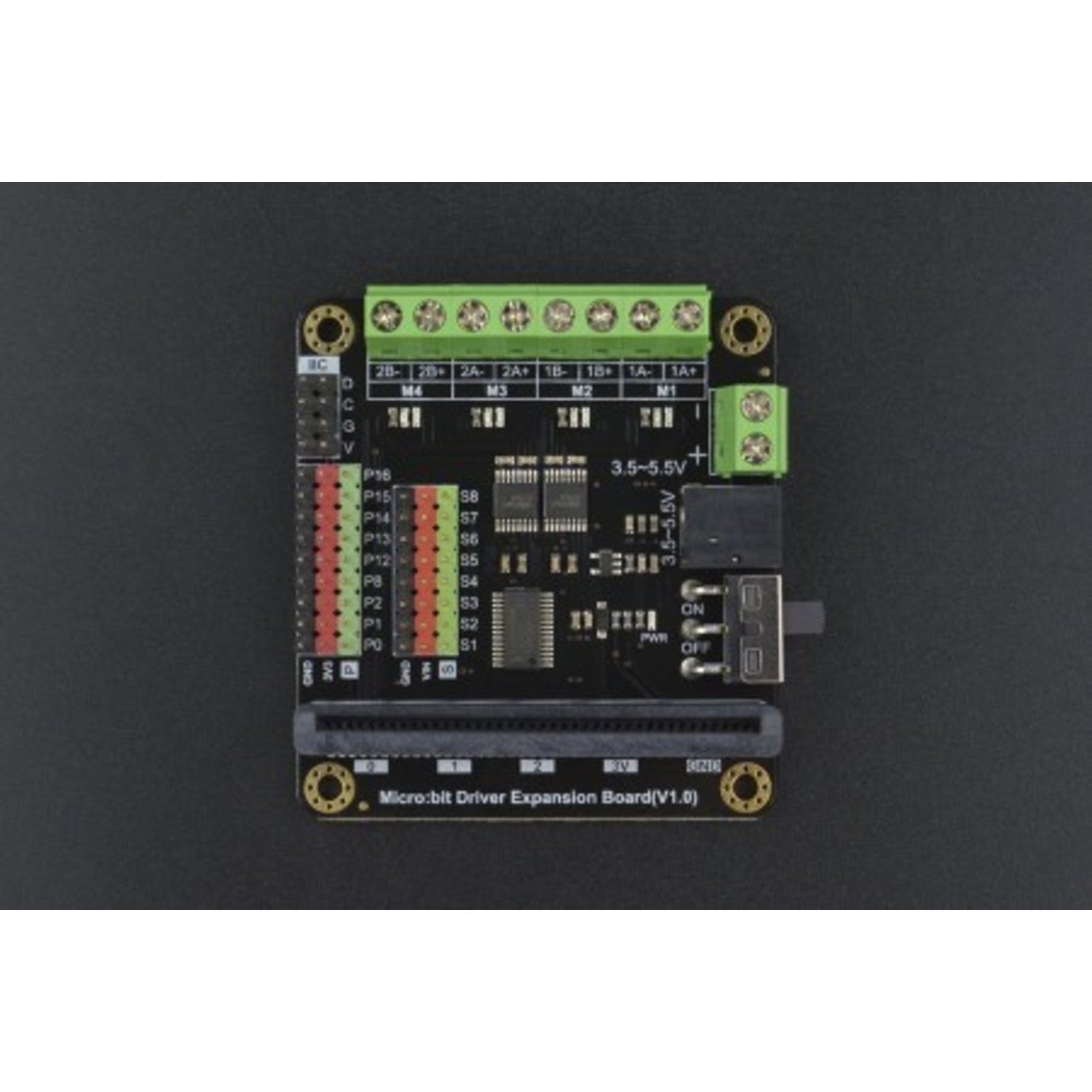
Using this Micro:bit Driver and Expansion Board is quite simple. First, connect the expansion board to your micro:bit. You can use the extended GPIO interfaces to connect various sensors and modules that follow the DFRobot - Gravity standard. For the motors, connect them to the appropriate motor interfaces. The positive and negative rotation indicators on the motor ports will help you see which way the motor is running.When it comes to power, you can choose to use the DC 2.1 plug, connect it to a power bank with the provided adapter cable, or use the wiring terminal to connect to three dry - battery boxes. Make sure the power supply is within the 3.5V to 5.5V range.As for maintenance, keep the board clean and dry. Avoid exposing it to extreme temperatures or humidity. If you're not using it for a long time, store it in a safe place. And always double - check your connections before powering on to prevent any short - circuits or damage to the board.